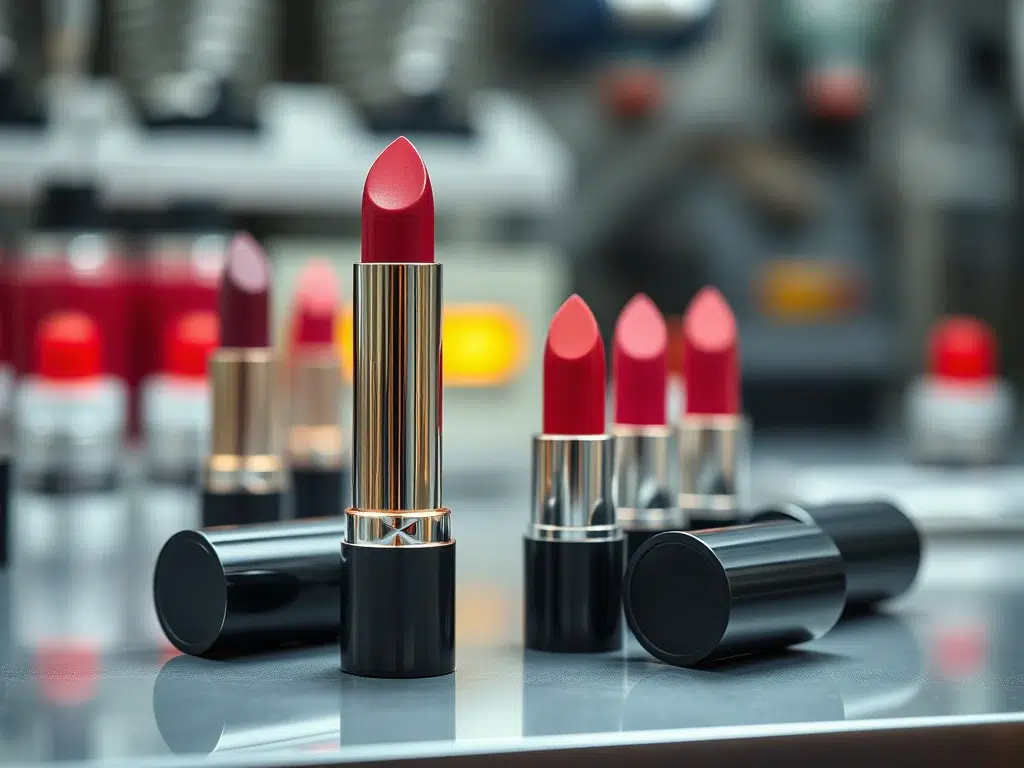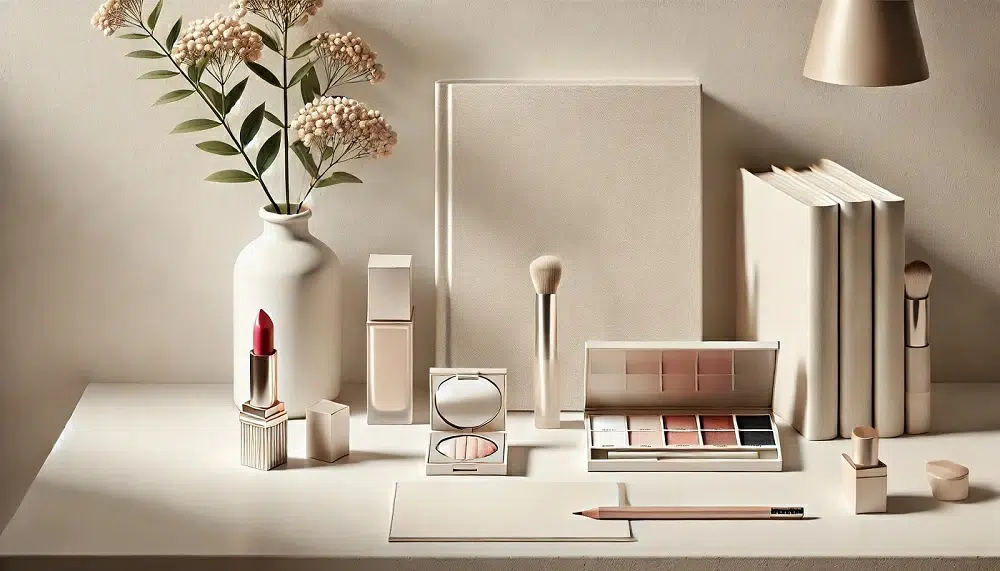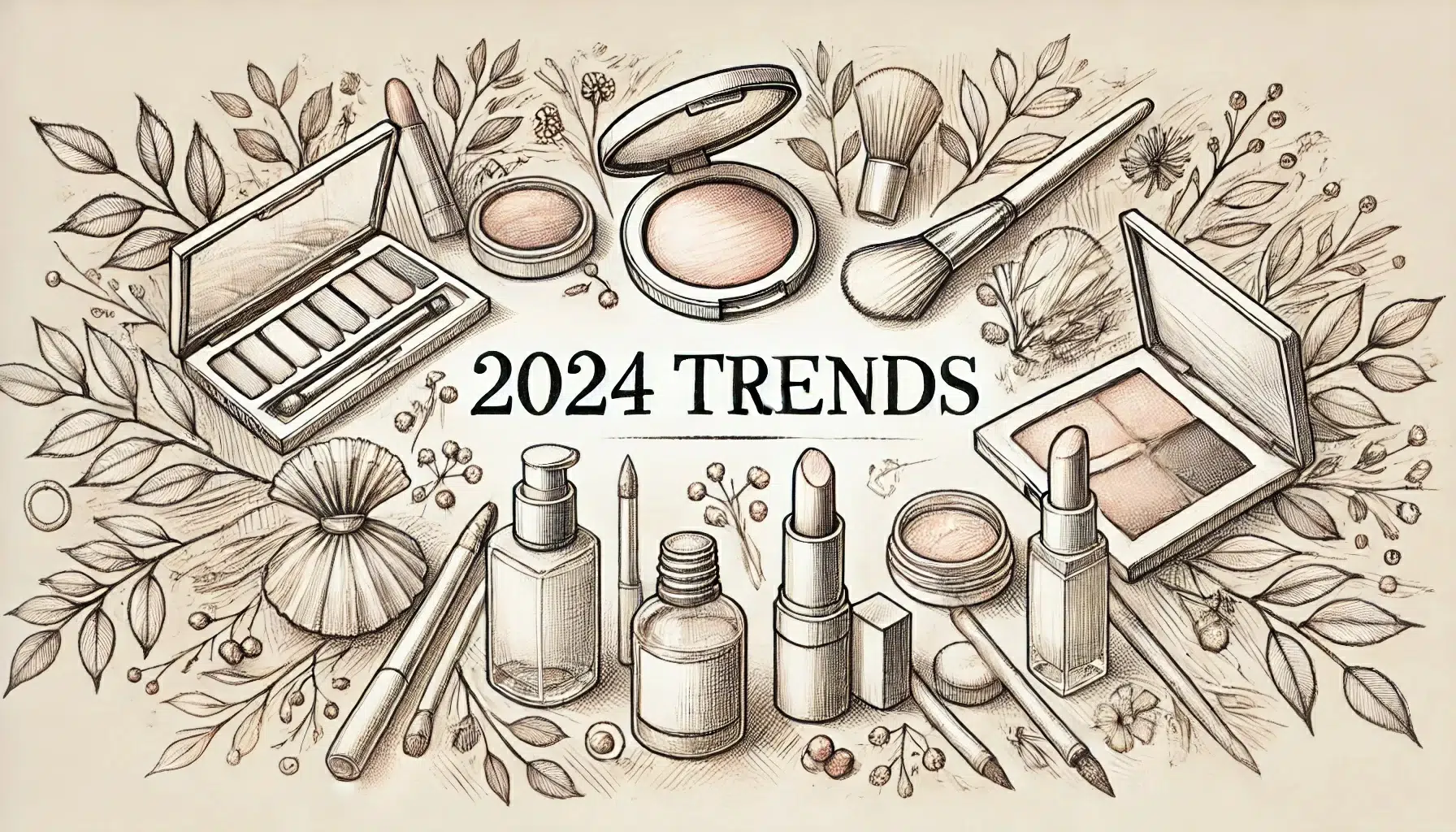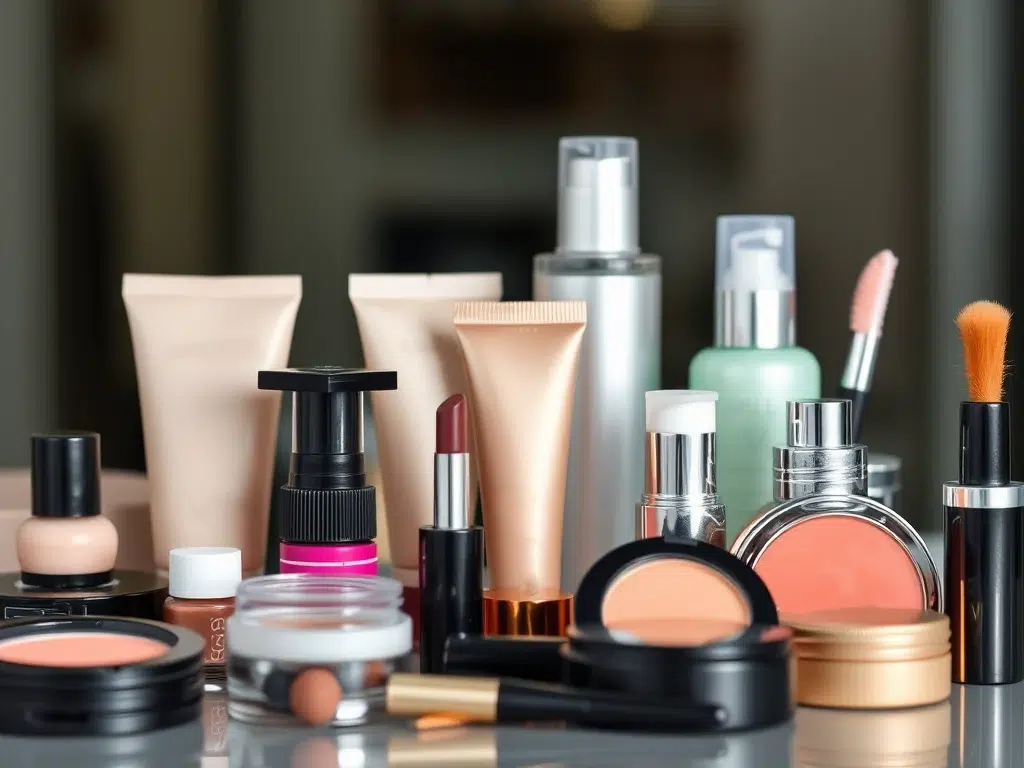
What You Need to Know About Talc-Free Makeup
Share This Article With
More makeup brands and manufacturers are seeking ways to meet changing market needs. Some consumers have sensitive skin, while others want more natural product ingredients. A recent development in the beauty industry is talc-free products.
Table of Contents
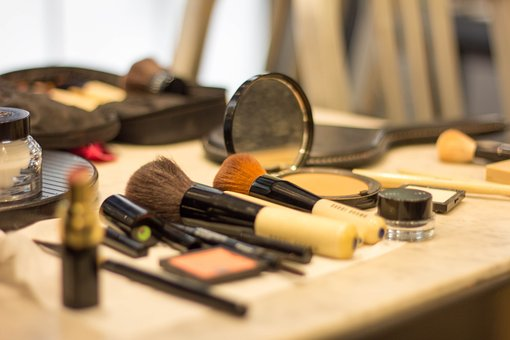
Talc-free makeup is not uncommon. In fact, there are many brands offering talcum powder-free products and tools. But is there a scientific basis backing this consumer need? And as a manufacturer, should you be making these makeup products?
The information below tackles these questions; detailing all there is to know about talcum powder in makeup products and tools. So keep reading so you can make an informed decision to serve beauty and makeup lovers better.
What Is Talc?
Talc is a key ingredient in cosmetics. The natural mineral talc is mined from the earth. It contains silicon, magnesium, hydrogen, and oxygen. Because of its nature, manufacturers and consumers have long been worried about the safety of the powder in makeup products, calling it a controversial ingredient.
In addition, there have been concerns about the presence of potentially harmful ingredients such as asbestos from as early as the 1970s.
Use of Talc in the Beauty Industry
Cosmetic use of talc goes back centuries. For example, the Egyptians used the mineral to lighten skin. Another example is the Chinese using it to make similar face powders mixed with rice starch and kaolin.
Talc is favored because the soft mineral gives makeup a silky texture that makes it easy to apply on the skin. In addition, it can absorb moisture and oils, which prevents caking. This makes facial makeup more translucent.
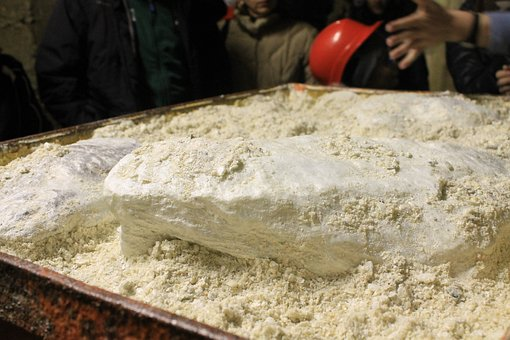
Manufacturers use the powder in beauty products such as:
- Face powders
- Foundations
- Bronzers
- Eye shadow
- Concealer
- Lipsticks
- Eyeliners
- Moisturizing creams
- Lotions
- Rouge
- Baby powder
- Blush
- Setting powder
Benefits of Talc for Beauty and Skincare
Some of the benefits that make manufacturers use this ingredient in cosmetics include the following:
Combats Odors
The product has high absorption capabilities, not just for moisture but also for smells. It is why many people use talcum powder to combat smelly shoes and carpet odor and even freshen up closets. It is common to find a beauty brand using it to make deodorant.
Absorption Capabilities
The powder has high moisture and oil absorption capabilities. It is why some brands use it to create a soft focus finishing powder, face primer, and other face products.
Some beauty companies also use it to create dry shampoo because it absorbs well.
Soothing Effects
The ingredient has soothing effects, making it perfect for products that shield the skin from environmental stressors and inflammation-inducing practices.
For example, many consumers use it to cool the skin after shaving or waxing.
Longevity Qualities
The ingredient has the unique attribute of making other products last longer. Consumers usually apply it before putting on makeup or deodorant to make it last longer. It acts as a protective layer that seals freshness and works against stickiness.
Friction-Free Capabilities
Because of the fine particles and absorption qualities, the ingredient provides friction-free capabilities. Consumers use it to get a better glide when shaving and prevent chafing.
Filling qualities
Talc also has qualities that give a fuller look. It is common to find a beauty brand using it as a key ingredient for eyelash and eyebrow products because it makes them look longer and fuller.
The Concerns With Cosmetics Containing Talcum Powder
Respiratory Irritation
Case studies of infants inhaling baby powder containing talc show severe respiratory distress as a side effect.
Medical literature suggests that the powder can elevate lung burden. Inhalation of the mineral interferes with the mechanisms that clean lungs and inhibit inflammation.
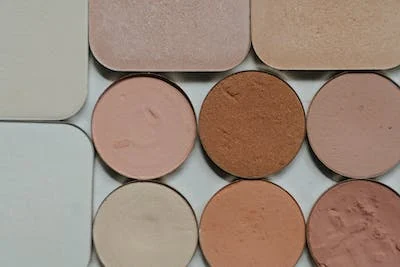
Talc was found to damage and kill human lung epithelial cells, thus inducing oxidative stress. So, exposure can lead to diseased respiratory tracts with symptoms such as labored breathing and coughing.
Users can develop asthma, talcosis, and pneumonia
Cancer Due to Asbestos and Other Potentially Harmful Ingredients
The International Agency for Research on Cancer lists talcs as a natural mineral containing asbestos as a human carcinogen. Talc and asbestos are both minerals that occur naturally in the earth.
Unfortunately, even with differences in the crystal structure, the two can be found near. Therefore, there is a potential for contamination. Inadequate testing of mining sites could mean asbestos contamination.
Exposure to this type of talc is associated with mesothelioma, a tumor of tissue lining organs such as the stomach, heart, and lungs. That is why talcum is associated with Lung cancer.
In addition, some studies suggest a link between talcum and ovarian cancer. It was an issue that followed Johnson & Johnson when its beloved baby powder was linked to asbestos contamination.
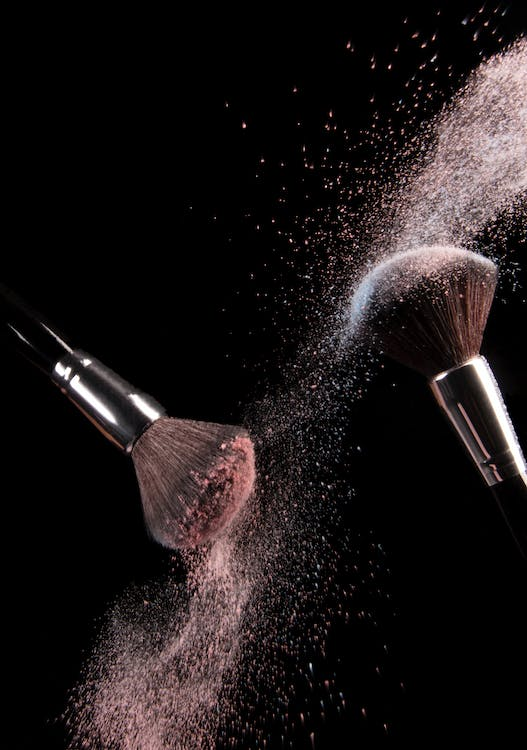
HBO Max’s Not So Pretty docuseries, released in April of 2022, further spotlighted its dangers, heightening the concern for talc in makeup.
However, this fact remains contended as studies have not conclusively demonstrated the link. For these reasons, the FDA does its own research in the area.
Is Talc Safe in Cosmetics?
On the other hand, some manufacturers choose to avoid talc by creating talc-free makeup for makeup and beauty lovers with health concerns. Keep reading to discover the top talc-free makeup and beauty brands.
But first, here are the alternatives manufacturers are turning to create a talc-free version of beauty.
Common Talc Alternatives In Cosmetic Products
The following are some of the best alternatives for talcum. Some of these ingredients even appear in award-winning makeup brands’ products.
Silica
Silica or silicon dioxide is an element found in ample amounts within the earth’s crust as a crystal or a colorless white powder. It is tasteless and odorless.
Some beauty brands use silica instead of talcum because it improves the feel and texture of the products. The multi-functional ingredient offers multiple functions in makeup products.
For example, it is an effective absorbing agent that soaks excess oil from the skin. Silica is also an anti-caking and bulking agent.
Some manufacturers also use it in beauty products, such as face cleansers, since it has abrasive properties.
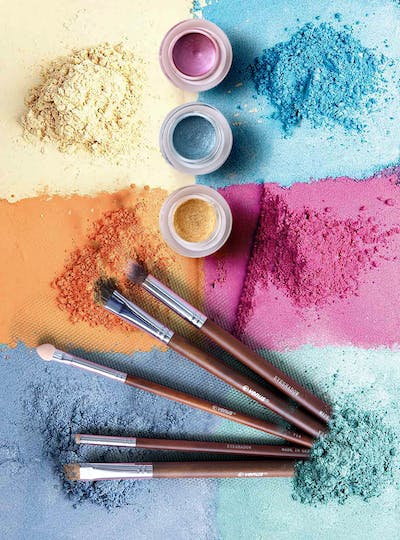
Zinc Oxide
Zinc oxide is derived from zincite, a naturally occurring mineral. Besides maquillage, zinc is also used in sealants, adhesives, and other products.
Manufacturers use zinc in baby lotions, soaps, foot powders, makeup, and sunscreen. Its properties make it an ideal bulking agent, colorant, and skin protectant.
In fact, zinc is popular in sunscreens because it screens UVA and UVB rays of ultraviolet light.
Corn Starch
Many beauty brands use cornstarch in makeup products. It is a plant-based ingredient derived from maize.
Manufacturers use cornstarch to control viscosity, add absorbency, and help create film-forming and skin-conditioning properties in the product.
Manufacturers use cornstarch to create talc-free powders. However, the primary concern with this natural and cruelty-free ingredient is that it is subject to bacterial growth. But manufacturers work around it by adding natural preservatives to the products.
Rice Powder/ Starch
Rice powder or rice starch is ground-up rice. Some cultures used it as a beauty ingredient long before talcum.
The ingredient effectively controls natural oils, minimizes pores, and softens fine lines. It is also a gentle exfoliant.
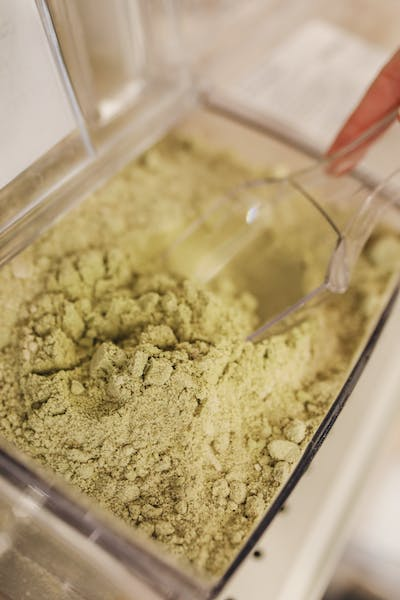
Make up, and skin care products containing rich starch include face scrubs and setting powder. Unfortunately, the starch is susceptible to bacterial growth and tends to cake.
Tapioca Starch
Tapioca comes from the cassava plant. The starch is an ingredient in talc-free products because it can absorb moisture and oil.
Most manufacturers use it in making various powders for babies and makeup. In addition, tapioca starch can stabilize emulsions and create gel textures.
Kaolin Clay
Kaolin clay is also known as china clay or white clay. Some cultures used this ingredient in makeup products before manufacturers started using talc.
The clay has a strong ability to absorb excess oil and make the skin smooth. It also has exfoliant properties and can manage dry skin while preventing acne.
On top of these, manufacturers are turning to nourishing ingredients like shea butter and baobab seed extract to make their products more natural and inclusive.
Oat Flour
Oat is a sustainable alternative for its skin protectant and moisturizing properties. In addition, it has soothing agents that fight against inflammation and itching.
Oat flour has rejuvenating effects and can even normalize skin pH. Manufacturers use the ingredient in hair shampoos and conditioners, powders, foundations, and skincare creams and lotions.
Arrowroot Starch
Arrowroot starch can easily replace talcs because it has multiple uses. It can act as a thickener, opacifier, texture enhancer, mattifier, absorbent, color modifier, and binding agent.
Manufacturers use it in face and foot powders, lotions, creams, deodorants, baby products, body balms, lip care, facial masks, and hair-care items.
Baking Soda
Sodium bicarbonate controls the acid-base balance of cosmetic products. It is an ideal abrasive for tender skin, a deodorant agent, and an oral care agent. Therefore, it can appear in deodorants, face scrubs and body exfoliants, hair care products, and teeth whitening strips.
Other Natural Ingredients for Cosmetics
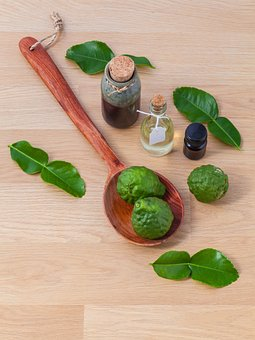
Shea Butter
Almost every beauty brand uses shea butter in the manufacture of cosmetics. It is an effective moisturizer that can protect the skin against environmental factors. In addition, shea butter has nourishing and healing capabilities. Some consumers even shop for raw shea butter.
Bentonite Clay
This is an aluminum-based clay found abundantly in nature. The clay is favored for its effectiveness against irritants on the skin. In addition, it is an effective moisturizing agent.
Bentonite Clay can also absorb high levels of UV light, making it a key natural ingredient in sunscreens and sun-protective lotions.
Evening Primrose Oil
Like talc, evening primrose oil has soothing properties that hydrate dry, rough skin. The oil can be found in cosmetics tailored to consumers with skin conditions such as dermatitis and eczema.
Licorice Root Extract
This ingredient is a natural skin-lightening agent that helps with uneven tone, melasma, and hyperpigmentation. It can therefore appear in beauty products and skincare that help with these conditions.
Lavender Oil
Lavender oil has a delightful fragrance, so it is used instead of synthetic fragrances. In addition, it can repair skin, soothe sunburns, and relieve psoriasis.
Algae
Because of its anti-aging properties, algae is a top natural ingredient for skin care products. It can trap moisture and inhibit skin oxidation stress. The natural ingredient also has nourishing minerals that keep the skin youthful and functional.
Tea Tree Oil
Because of its antibacterial and antimicrobial functions, tea tree oil appears in sustainable face wash products and skin-soothing remedies for fungal infections and insect bites.
Talc Free Makeup Brands For Sensitive Skin
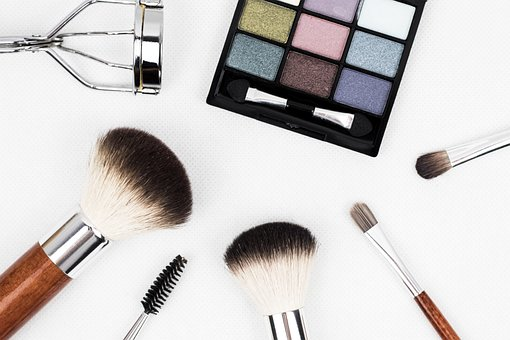
The emergence of talc-free makeup brands is based on the potential harm of the powder. While there is no hard evidence that talc products contain asbestos and other potentially harmful ingredients, some brands are avoiding the product to cater to people with sensitive skin and concerns about talc contamination.
Talc-free makeup often uses the above ingredients in place of talc. In addition, it is not uncommon to find one of the best talc-free makeup brands using natural ingredients such as marine vegetation, shea butter, and other natural or vegan and cruelty-free ingredients.
In addition, most vegan and cruelty-free makeup brands that avoid talc also avoid parabens, synthetic fragrances, and carbon black. Instead, they choose ingredients that only undergo natural chemical changes, such as cold processing and biological processes.
Most times, a cruelty-free makeup brand is keen on avoiding talc to provide a beauty routine that caters to everyone. Some even use a board-certified dermatologist to create products that nourish and care for the skin.
Going Talc Free?
Whether talc contains asbestos, parabens, or other harmful ingredients remains unknown. Despite multiple studies, there is no hard evidence that the product causes the above symptoms and complications.
But since more consumers are focusing on clean and honest beauty, manufacturers and brands are turning to talc-free makeup products to cater to the growing demographic. The same applies to vegan and cruelty-free beauty.
Should manufacturers pursue the endeavor, the above ingredients are some of the best talc-free alternatives for cosmetic and beauty products.
Stay Connected
Choose your favourite social media channel to stay up to date with Aurora Global Brands and its activities

